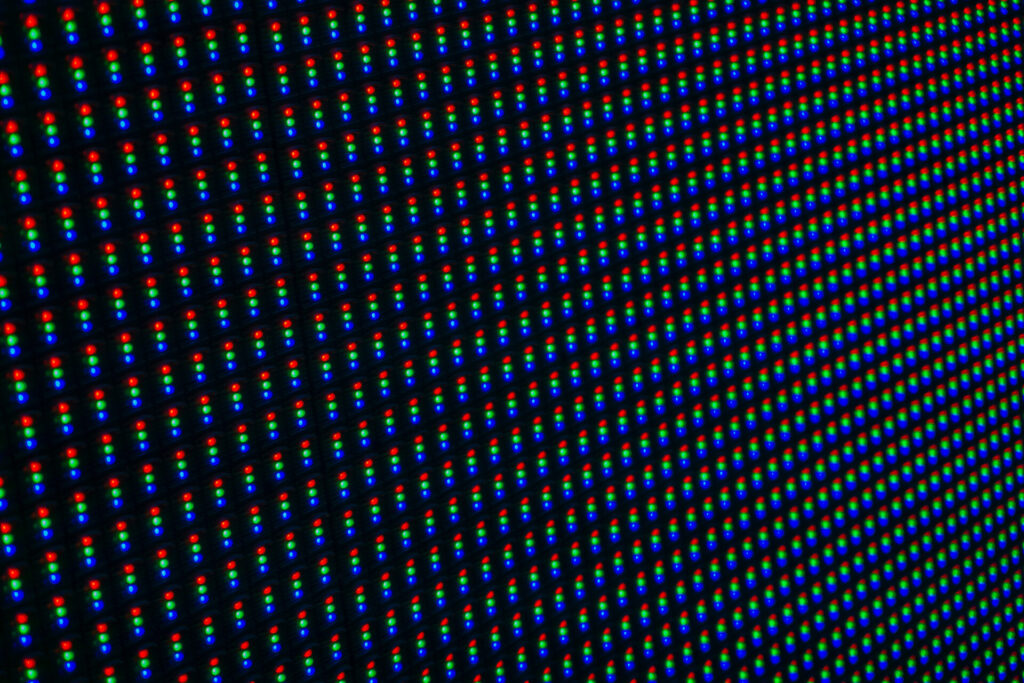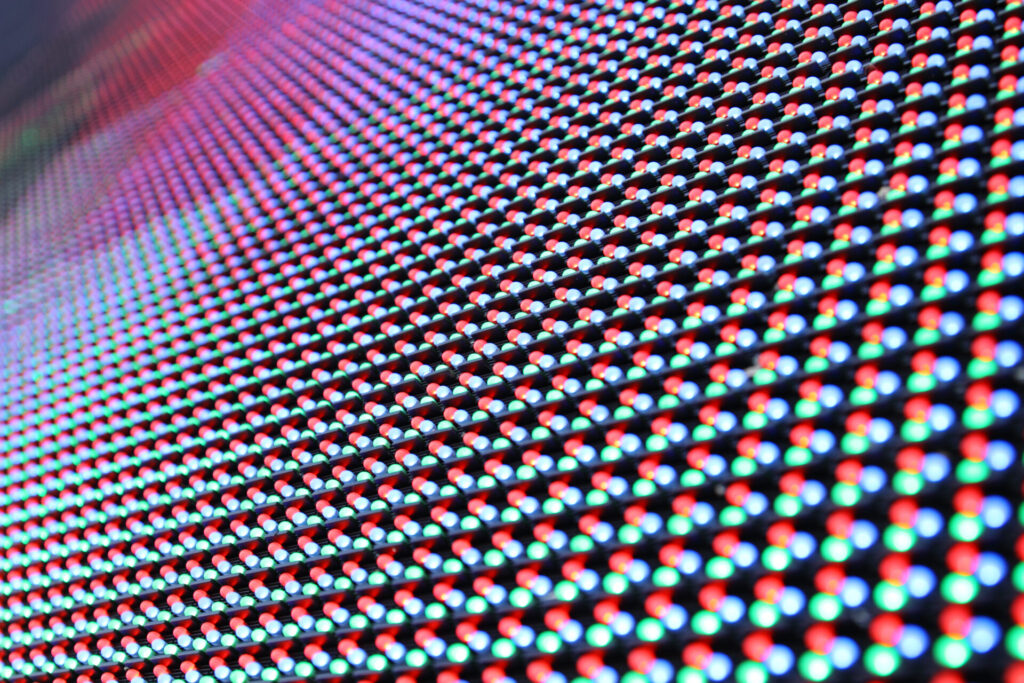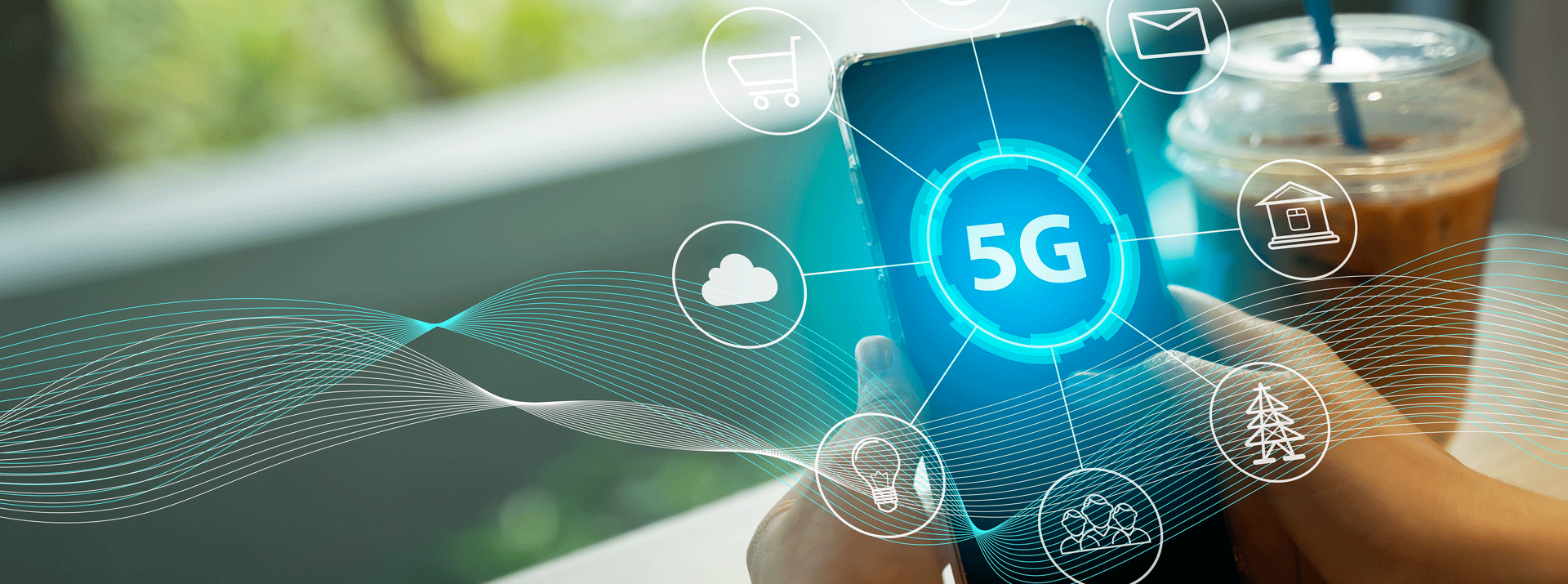
- Bonding Products
Demand for High-Speed Transmission Flexible Printed Circuits (FPCs) and the Surge in Smartphone Speed and Communication Capacity
Contents
- 1 From telemedicine to autonomous driving: The diverse uses of high-speed wireless communication
- 2 Improvements in speed, multi-connectivity, and low latency for wireless communication
- 3 Measures required in smartphone devices
- 4 Solutions offered by Dexerials’ low dielectric constant thermosetting tape
From telemedicine to autonomous driving: The diverse uses of high-speed wireless communication
As high-speed communication networks spread even further, the opportunities to share a wide variety of content (text, images, music, video, etc.) on IT devices such as smartphones, tablets, and laptops are increasing as well. The evolution of wireless networks from 3G to 4G and then to 5G as well as advancements in optical fiber network infrastructure have enabled the emergence of new devices, new services that make use of them, and exponential growth in the data that flows along those networks.

With further developments in remote healthcare in the near future, it is expected that doctors will be able to remotely view surgical sites and operate by controlling dedicated surgical robots. And in the field of autonomous driving, further developments are expected to lead to the transfer of driving footage and onboard sensor data to a management center where computers will control the vehicle via remote operation.

Because information collection and action take place in a different location from where the information processing and decision-making occur in both cases, two-way transmission and real-time processing of vast amounts of data are necessary. Some amount of lag is unavoidable given the physical distance, but there is a risk of serious consequences if that lag is not minimized.
This applies to more than just the examples above—a wide variety of services and technologies being conceived today are based on the assumption of advances in communication technology, particularly wireless communication technology.
Improvements in speed, multi-connectivity, and low latency for wireless communication
Key factors in responding to growing global demand for high-speed, high-capacity communication are advancements in communication speed, multi-connectivity, and low latency.
Below is a comparison of 5G, the current high-speed wireless communication standard, and 4G LTE, the previous generation.
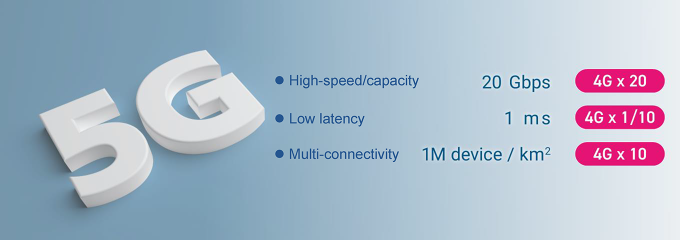
While this shows the ability of 5G to support the transmission of far more data than 4G LTE, there are concerns that 5G may not be able to manage the increased data load as Internet of Things (IoT) expands and all kinds of products connect to the internet. As an example, at the 6th Expert Meeting on Development of Digital Infrastructure (Data Centers, etc.) organized by the Japanese Ministry of Economy, Trade and Industry and Ministry of Internal Affairs and Communications it was estimated that a single autonomous vehicle traveling at speeds of 60 to 100 km/h could generate 767 TB of data transmission per day.
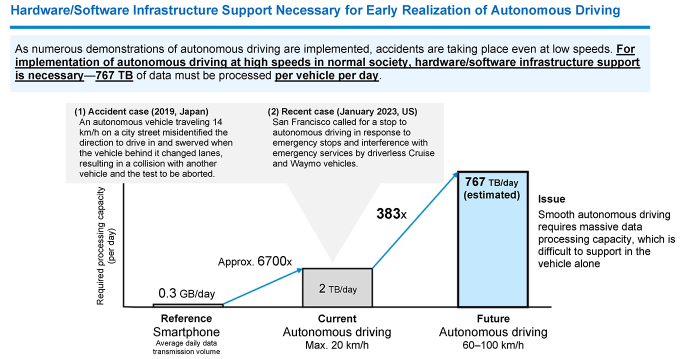
The briefing materials mentioned earlier estimate the daily data transmission volume of a smartphone to be 0.3 GB. They suggest that to facilitate seamless autonomous driving, the data transmission volume would need to be a staggering 2.5 million times that of a smartphone. As we look to the future, the momentum is building for the development of even faster 6G technology. Research groups are being established to make 6G networks a reality by 2030.
Measures required in smartphone devices
Recent smartphones are extremely multifunctional and high-performance digital devices that can support numerous functions and services with a single device. In particular, support for a large number of wireless communication standards (4G LTE/5G, GPS, Bluetooth, Wi-Fi, cashless payments (NFC), wireless charging, etc.) makes them an indispensable part of everyday life. To enable this, antennas and components to support each standard are contained in the housing. The key is that electronic components for each function are packed into the thin and small housing and process radio waves for different standards. If you use a microwave oven while using your smartphone at home, you might experience Wi-Fi interruptions.. This occurs because the microwaves in the oven and Wi-Fi (such as IEEE 802.11b/11g) radio waves use the same 2.4 GHz band and the high-output microwave oven interferes with the Wi-Fi radio waves.
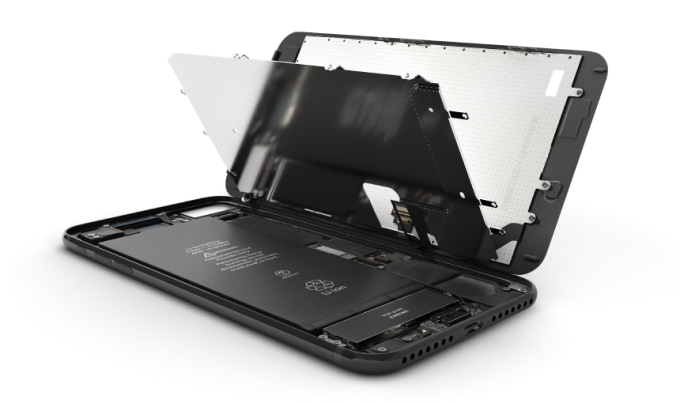
While electromagnetic interference was an issue in 4G devices, a solution for this issue is an even more critical requirement in 5G devices that use more vulnerable higher-frequency bands.
5G signals themselves are more susceptible to attenuation, requiring measures to reduce electromagnetic interference by optimizing component layout in the housing. It is also necessary to implement multiple interference countermeasures such as noise mitigation for each component in order to raise overall performance.
Solutions offered by Dexerials’ low dielectric constant thermosetting tape
Smartphones receive data transmitted as radio waves with an internal antenna, convert it into electrical signals, and process them like a PC would after that point. With more information arriving quickly in a continuous stream, similar speed is required both for processing the electrical signals and transmitting them to the various components. Given the need to achieve this not only for receiving data but also for sending it, electrical components to support this functionality needs to be packed into the smartphone. As many of these components have limitations on where they can be placed for functionality reasons, component placement cannot be decided based on electrical signal transmission specifications. Specifically, the positions of components such as display modules, camera modules, speakers, microphones, and physical buttons are mostly fixed and the wires that connect them electrically must be designed around them to satisfy transmission specifications. This is what makes FPCs’ ability to connect components within the small housing a key factor in achieving high-speed transmission.
In general, transmission loss during electrical signal propagation in circuits increases with higher frequencies. Since smartphones that support high-speed, high-capacity communication are subject to higher risk of signal attenuation and transmission loss, properties to reduce transmission loss are necessary in components overall. Thus, electrical properties such as low dielectric constant and low dielectric loss tangent are required in insulating material for circuit boards such as FPCs used in communication devices and base stations. See this article for further details on low dielectric constant and low dielectric loss tangent.
Dexerials’ low dielectric constant thermosetting tape reduces transmission loss in comparison to conventional thermosetting tape when used in circuit boards such as FPCs. It is designed for not only conventional polyimide adherends but also low dielectric constant polyimide (modified PI) and has the significant advantage of enabling the manufacture of high-speed transmission FPCs using the same manufacturing process as conventional FPCs. If you are considering low dielectric constant modification for FPCs, please see the article below for product details.

- SHARE
 Back to top
Back to top  Contact us
Contact us 


